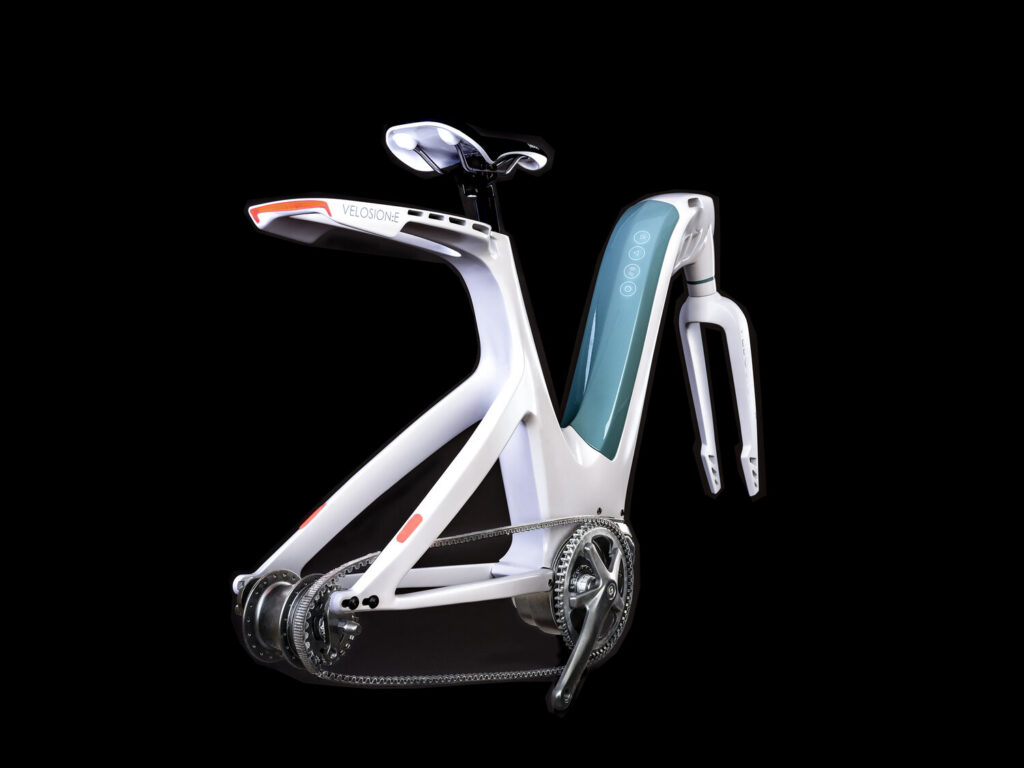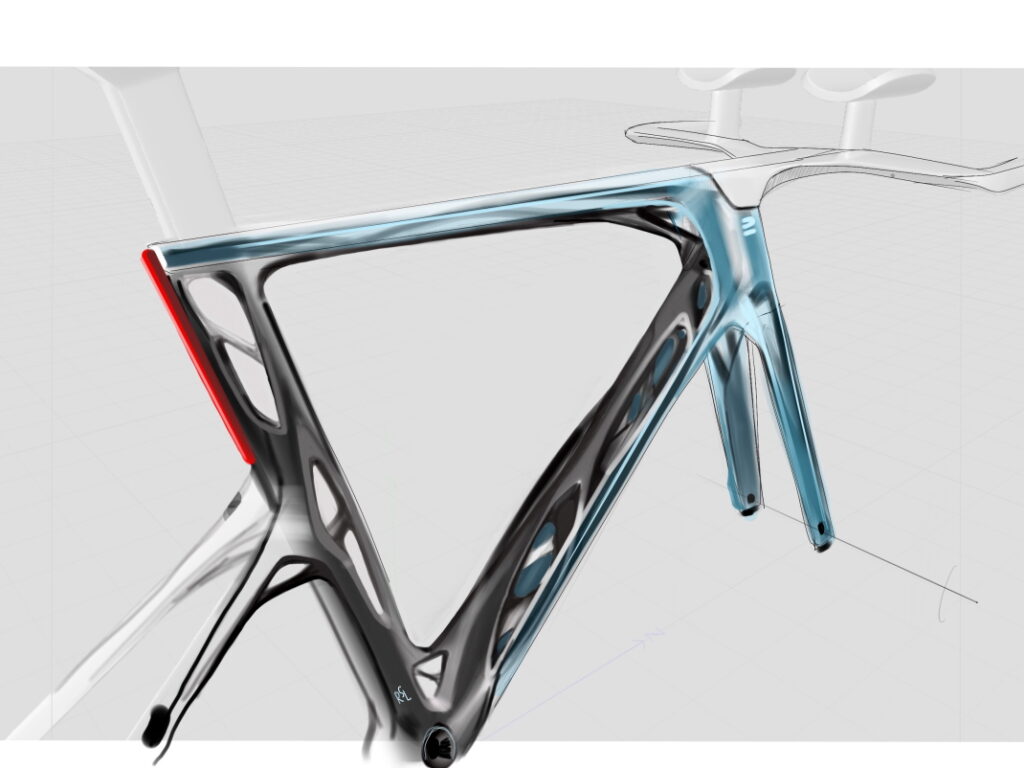Bicycles, long a popular and environmentally friendly mode of transportation, are undergoing significant changes thanks to the development of new technologies. Advances in materials, design, and manufacturing techniques not only enhance performance but also improve user experience and reduce environmental impact. This article will explore the new technologies revolutionizing the bicycle manufacturing industry.
New Materials
Carbon Fiber
Carbon fiber is no longer an unfamiliar material in bicycle manufacturing. With its lightweight, durability, and corrosion resistance, carbon fiber is widely used to make bicycle frames. Current carbon fiber manufacturing technology has reached a sophisticated level, allowing for the creation of bicycles that are both lightweight and sturdy. Manufacturers like Trek and Specialized have invested in carbon fiber research and development to produce high-performance bicycle models.
Titanium
Titanium is another material gaining attention due to its superior strength and corrosion resistance. Although the cost of producing titanium bicycle frames is higher than aluminum or steel, its advantages in weight and lifespan make it a worthwhile investment for many cycling enthusiasts. Titanium processing technology is also being improved to reduce costs and increase efficiency.
3D Printing
3D printing technology is opening up new possibilities in bicycle manufacturing. Not only does it help minimize material waste, but 3D printing also allows for customization of bicycle parts to individual specifications. Manufacturers can directly print complex components that previously required multiple machining processes. This not only reduces production time but also increases precision and design flexibility.
Sophisticated Design
Aerodynamics
Aerodynamic design plays a crucial role in improving bicycle performance, especially in professional racing. Manufacturers like Cervélo and Canyon use airflow simulation technology to optimize the design of frames, wheels, and other components. This helps reduce air resistance, allowing cyclists to achieve higher speeds with less effort.
Suspension and Shock Absorption Systems
Suspension and shock absorption systems are another area of significant improvement. New technologies like electronic suspension systems, which adjust the stiffness of the shocks based on terrain conditions, provide a smoother and more comfortable riding experience. Fox and RockShox are two leading brands in the development of these advanced suspension systems.
Electronic and Smart Technologies
Electric Bicycles (e-bikes)
Electric bicycles are not a new concept, but advancements in battery and motor technology are continually enhancing the range and performance of e-bikes. Larger capacity lithium-ion batteries with shorter charging times are widely used. Intelligent battery management systems optimize performance and extend battery life. Bosch and Shimano are leading suppliers of motor and battery systems for electric bicycles.
Electronic Drivetrains
Electronic drivetrains are a significant leap in bicycle technology. Instead of using traditional mechanical mechanisms, these systems use electronics to control gear shifting, increasing precision and speed. Shimano Di2 and SRAM eTap are two popular electronic drivetrain systems, allowing cyclists to shift gears smoothly with just a button press.
Connectivity Technology
Connectivity technology is becoming an essential part of the cycling industry. Devices like smart watches and sensors connect to bicycles via Bluetooth or ANT+, providing detailed information on speed, distance, heart rate, and other metrics. Applications like Strava and Garmin Connect allow cyclists to track progress, analyze data, and share their rides with the community.
Advanced Manufacturing Techniques
Automation and Robotics
Automation and robotics are widely used in bicycle manufacturing plants to increase productivity and reduce errors. Robots can perform repetitive tasks with high precision, from welding frames to assembling components. This not only helps reduce production costs but also improves product quality.
Smart Supply Chain Management
Smart supply chain management uses IoT (Internet of Things) and big data to monitor and optimize the entire production and distribution process of bicycles. Sensors attached to parts and production equipment help monitor operational status and detect potential issues early. This ensures smooth and timely production.
Conclusion
New technologies are transforming how bicycles are designed and manufactured, bringing numerous benefits to both consumers and manufacturers. From the use of advanced materials like carbon fiber and titanium to electronic drivetrains and electric bicycles, the bicycle industry is stepping into a promising new era. These innovations not only enhance performance and improve user experience but also contribute to environmental protection and sustainable development.

